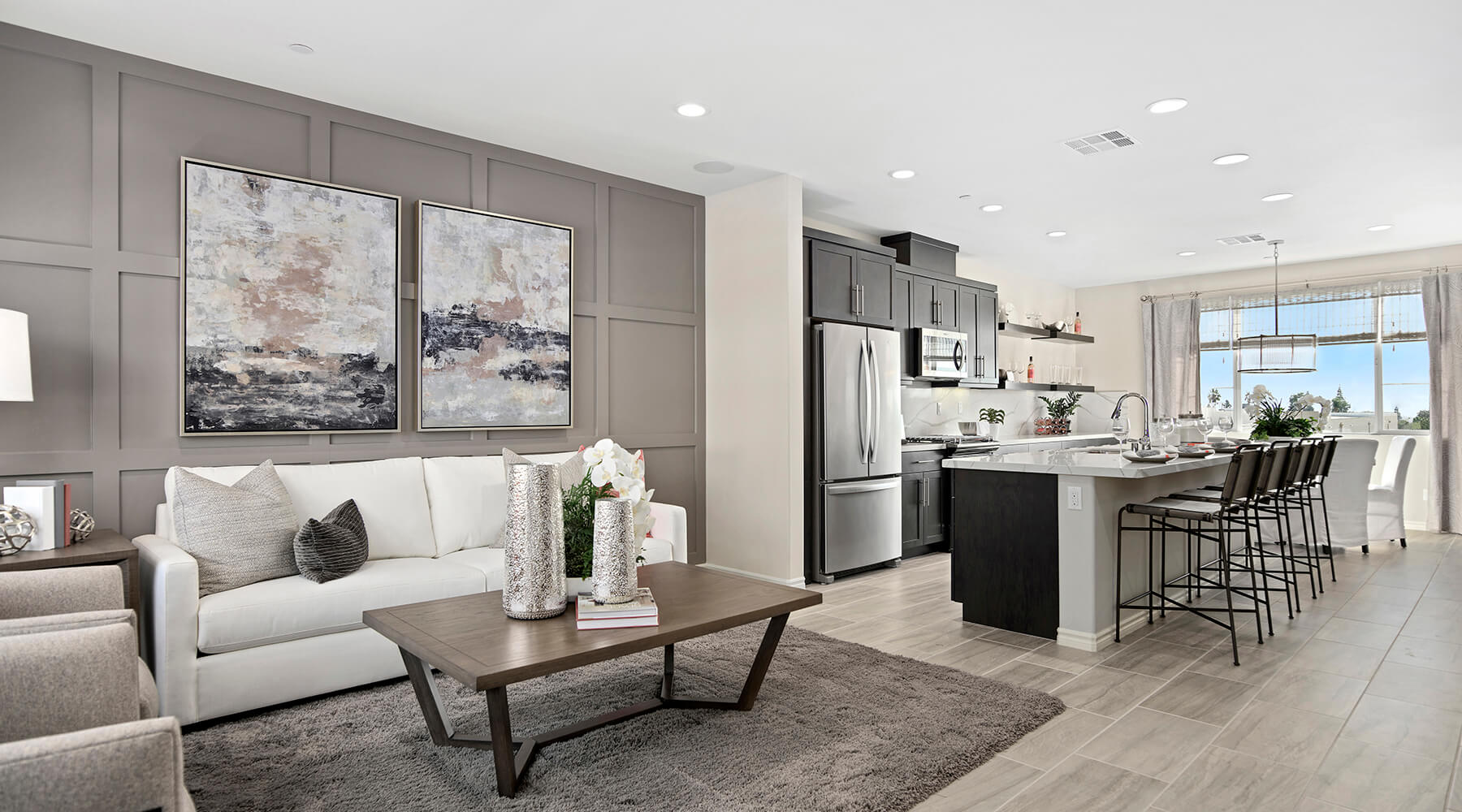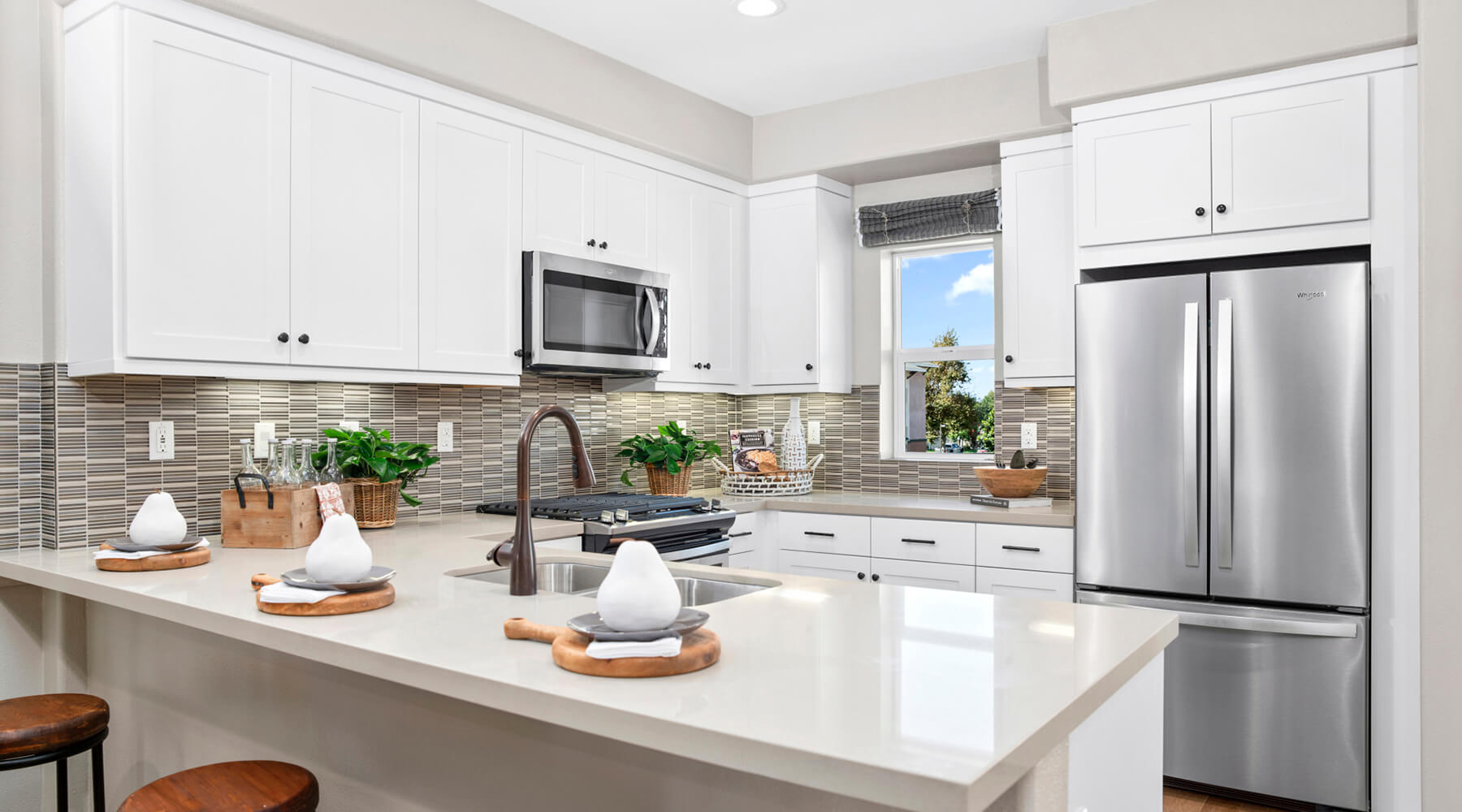Climbing Towards Recovery
Jul. 10, 2010
BY JEFF COLLINS, ORANGE COUNTY REGISTER
Brett Whitehead is president of Brandywine Homes, an Irvine-based homebuilder that specializes developing small, infill projects in places like Garden Grove and Stanton. The 16-year-old family-owned company has developed almost 600 homes in 21 small and mid-sized communities in the midst of some of Southern California’s established neighborhoods.
Brandywine maintains it’s weathered the recession and now is ready to expand. We asked Brett to tell us how …
Us: How has Brandywine weathered the downturn? Did your company avoid having to file for bankruptcy, and if so, how?
 Brett: We’ve weathered the recession pretty well. We never filed for bankruptcy, and frankly never were in the position of having to consider it.
Brett: We’ve weathered the recession pretty well. We never filed for bankruptcy, and frankly never were in the position of having to consider it.
Like many in the homebuilding business, we first felt the market begin to turn in 2007. Right away, we took a hard look at the demand in Orange County. It was evident that the market was suffering from an oversupply of three-story townhomes and four-story condos. At Brandywine, we try to be very nimble. We don’t take anything for granted. So we moved rapidly to re-entitle the next two communities that were coming online, one in Stanton and one in Westminster. It took four months, but it was the right thing to do.
Rather than erect attached homes, we built small single-family detached homes. The homes were priced right, with the floor plans and amenities appropriate to the buyers in those markets. The homes sold well – well enough to keep our company healthy.
Us: What did they look like?
Brett: Those were two- and three-story homes with about 1,800 to 2,000 square feet. In addition, amenities included a central play area, tot lot and barbeques. Plus, all included granite counter tops, stainless steel appliances and two-tone custom paint selected by the buyers.
More important, though, was the decision we made prior to the downturn to stick to what we know best, which is urban infill development. Believe me, during the boom years it was tempting to expand into outlying markets. But we didn’t do that. So we didn’t get ahead of ourselves, and we continued, throughout the recession, to build homes that truly reflected local market demand.
Us: What is the outlook for builders in Orange County for this year and the year after?
Brett: It’s a challenging market, no doubt about it. But builders can find a way to sell homes as long as they pay close attention to their potential buyers. We’ve never subscribed to the idea that the same floor plan and the same marketing campaign will be effective in every situation. It just doesn’t work that way. Builders need to understand exactly what price point, what square footage, what location and what product type will speak to the buyers in a given community.
When you understand all those elements, your homes will sell. Take the live-work model, which many builders have struggled with. Earlier this year we opened a live-work community in Stanton, with prices starting at $350,000. So far we have sold all but four units.
Us: How does sales activity today compare to six months ago? How long until things get back to “normal”?
Brett: For us, sales activity is approximately that same as it was six months ago. But we see things starting to move. We’re confident enough that we plan to acquire as many as eight new parcels in the next year.
In fact, we recently assembled some acreage in Garden Grove where we will build 20 new single family homes. Construction starts later this summer. The community is called Pomelo, and it will offer homes that very specifically target local buyers. In this instance, the homes will respond to the importance buyers place on extended family. We designed downstairs bedrooms for in-laws, large great rooms for family gatherings, and unusually spacious backyards.
For the market in general, though, we expect a slow climb. It could take two to three years until the market is functioning in a more “normal” fashion.
Us: How much movement do you expect in prices in the next six months? Next year?
Brett: We expect pricing to be relatively flat.
Us: What adjustments have you made to your marketing efforts? To your approach to design?
Brett: We are continually making adjustments large and small.
For example, in 2008 we opened a community in Westminster and assumed our buyers would be couples with school-age kids because they’d be attracted in part by the school districts. Instead, the homes drew young couples without kids or with kids not yet in school. In other words, they were more likely to be first-time buyers than move-up buyers.
So we quickly adjusted the floor plan in the model, converting one of the bedrooms into a home office. It worked. The prospective buyers suddenly had an easier time seeing themselves in the homes. We also altered our marketing efforts to reach a younger buyer. This meant different ads and different advertising vehicles.
Us: Has the mood of buyers changed? What is the secret to get home shoppers buying new homes again?
Brett: Beyond designing homes that respond in a very smart way to buyer preferences – keeping in mind that those preferences differ from one group of buyers to the next – the real secret is job creation.
The economy must continue to add jobs. Buyers want to know that they will have a good job a year from now. That certainty gives them the confidence to make the commitment to a new home.






